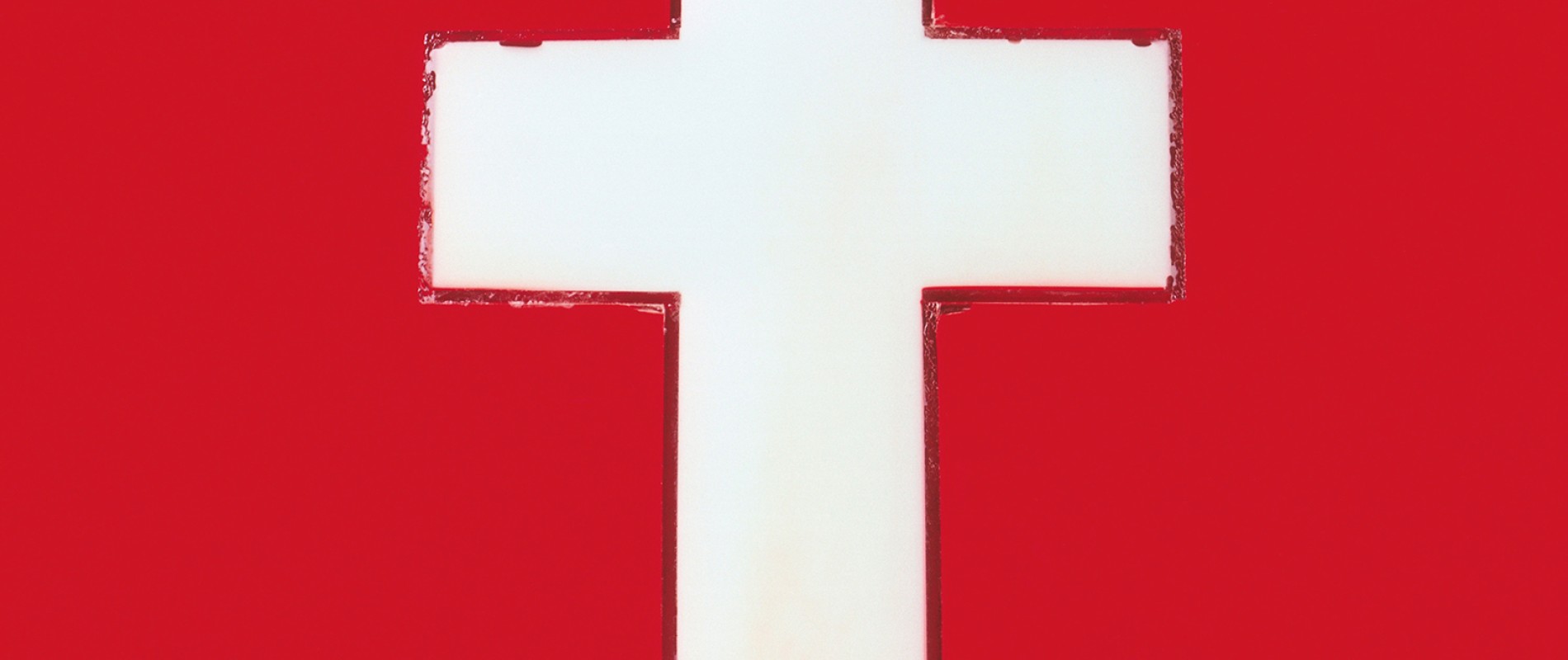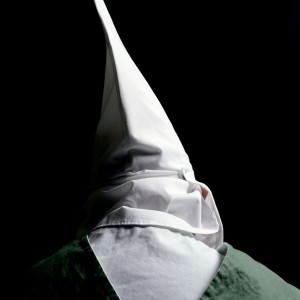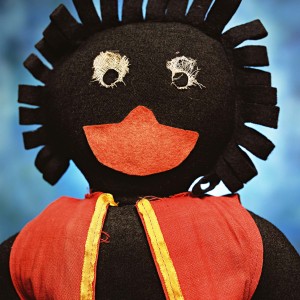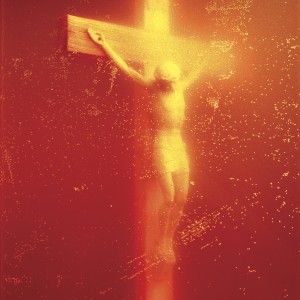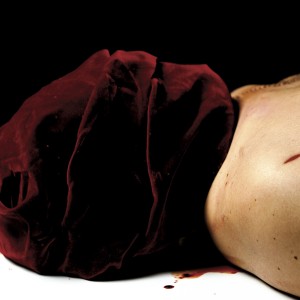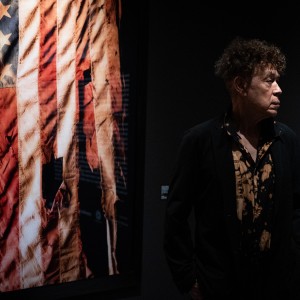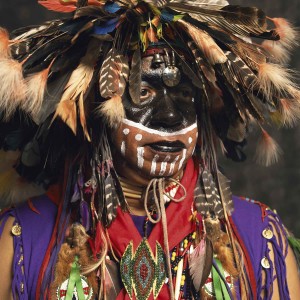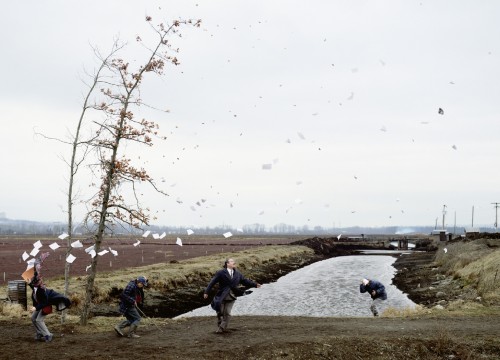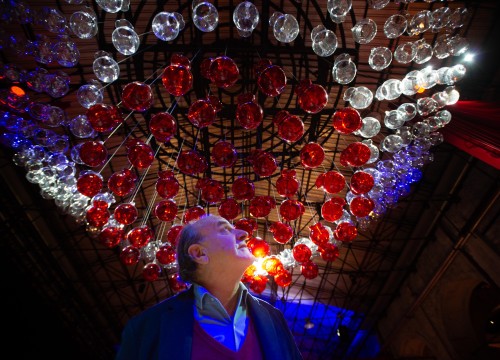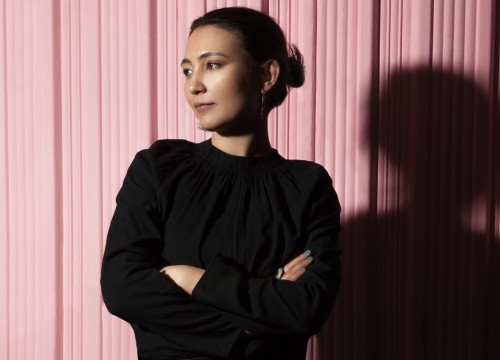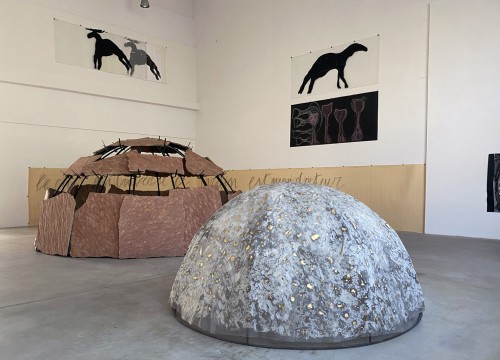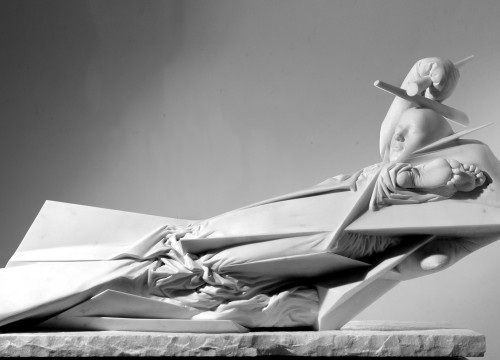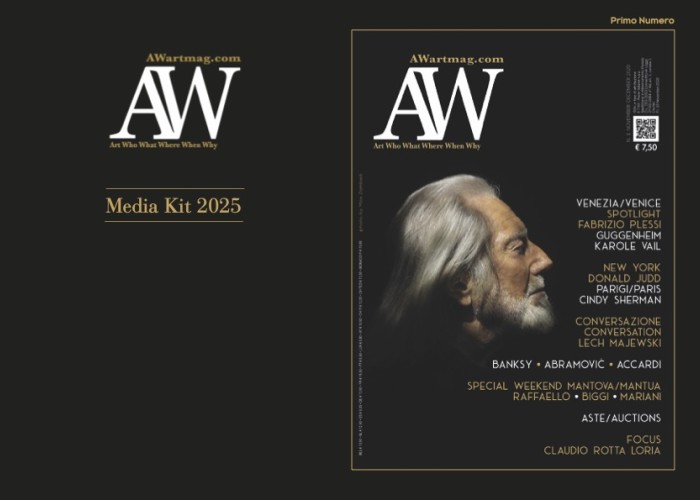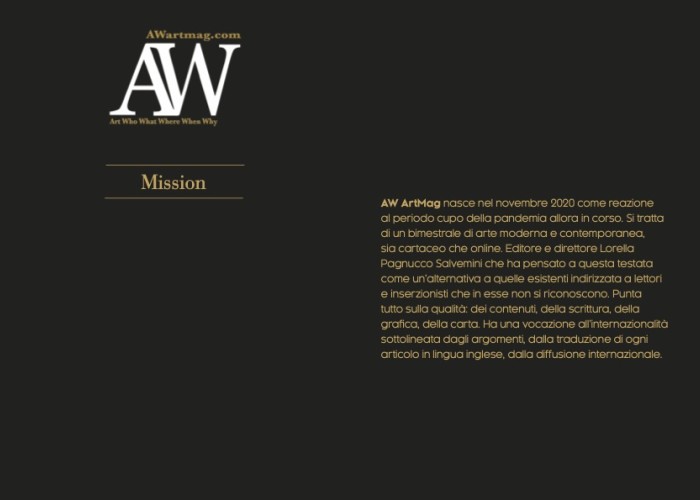For over thirty years, he explores the social, ethical and political issues that divide the United States
Portraits like Flemish paintings, objects like still lifes, photographs that look like classic paintings without sacrificing their pop character. The Maillol Museum offers, until October 20, “Portraits of America”, by Tempora agency, a journey into the work of the American artist Andres Serrano, from the first realizations of the 80s to the latest creations.
Born in 1950 in New York, from a family of Honduran and Afro-Cuban origin, he grew up in an environment strongly marked by Catholicism. From an early age, he found inspiration in religious painting, Renaissance and Baroque painters. The discovery of photography while studying at the Brooklyn Museum and Art School lays the foundation for his artistic approach.
For over thirty years he has been exploring the social, ethical, and political issues that divide the United States. His work highlights the faces and bodies of the oppressed, minorities, the forgotten of the American dream and intends to contribute to the debate on the identity of the country.
ON VIEW ALSO PISS CHRIST, THE PHOTO OF A CRUCIFIX IMMERSED IN THE URINE OF THE ARTIST WHO SPARKED A HORNET'S NEST OF CONTROVERSY
First of all the series Body Fluids (1986) and Immersions (1987) and above all the work that made him famous: Piss Christ, the photograph of a crucifix immersed in the artist’s urine, which sparked a storm of protests in conservative circles around the world. Since then, Serrano has never stopped questioning the consolidated values of the Western society.
With the series Nomads (1990) he explores the world of precariousness, portraying the homeless that the bourgeois conscience pretends not to see. The journey continues in The Klan (1991), where he stages the leaders of white supremacism, and in Native Americans (1995-1996), portraits of American indigenous peoples.
HE DECONSTRUCTS REALITY BY INSERTING IT INTO THE TRADITION OF LARGE FORMATS OF RELIGIOUS AND HISTORICAL PAINTING, FROM CARAVAGGIO TO GÉRICAULT
The artist invites us to reflect on what the image shows, beyond the aesthetic deception. Behind the beauty of a crucifix, there is suffering; beyond the bright metal of a gun, there is death; besides the pictorial form of the tunic and hood, also hatred and racism are present. The artist seems to never want to take a stand, but the subjects speak for themselves: The Morgue (1992) stages death, Objects of Desire (1992) exposes the deadly consequences of the second amendment that guarantees everyone the carry permit; Holy Works (2011) highlights religious hysteria; Torture (2015) State violence; Infamous (2019) the permanence of racial and sexual prejudices.
Andres Serrano deconstructs the reality of these topics by inserting them in the tradition of the great formats of religious and historical painting, from Caravaggio to Géricault. Thus, the subjects banned by traditional art find in his work the means to flourish and become existential metaphors.
PORTRAITS LIKE FLEMISH PAINTINGS, OBJECTS LIKE STILL LIFES, PHOTOGRAPHS THAT LOOK LIKE CLASSIC PAINTINGS WITHOUT SACRIFICING THEIR POP CHARACTER
The United States is the symbol of democracy and its contradictions. The opera Blood on The Flag (2001) and the series Stars and Stripes transform the flag into the portrait of the western force and its drifts. Thus the portrait Donald Trump (America) (2004) and the series The Game: All Things Trump (2019), which stages five hundred artifacts related to the life of the US tycoon during his first term as president, take on the role of an omen. American and world destiny is built every day. Waiting for the election in November of the 47th President of the most powerful country in the world.

